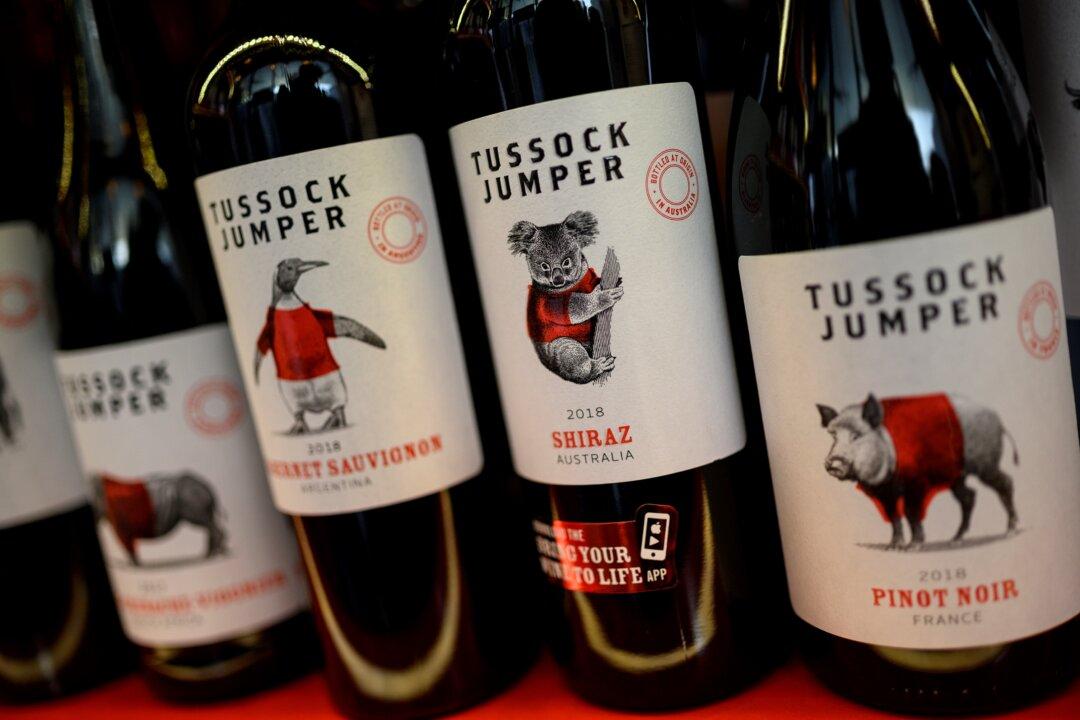Australia’s wine sector is seeing “early signs” of success at finding alternative markets to China following the imposition of hefty tariffs on exports, a move that has triggered a major reshuffle of top wine suppliers.
“Australia was the top wine importer to mainland China before the tariffs were introduced and as other wine producing nations move to fill the gap, there is further opportunity for Australian wines in the markets these nations were previously sending wine to,” Wine Australia told The Epoch Times in a statement.





